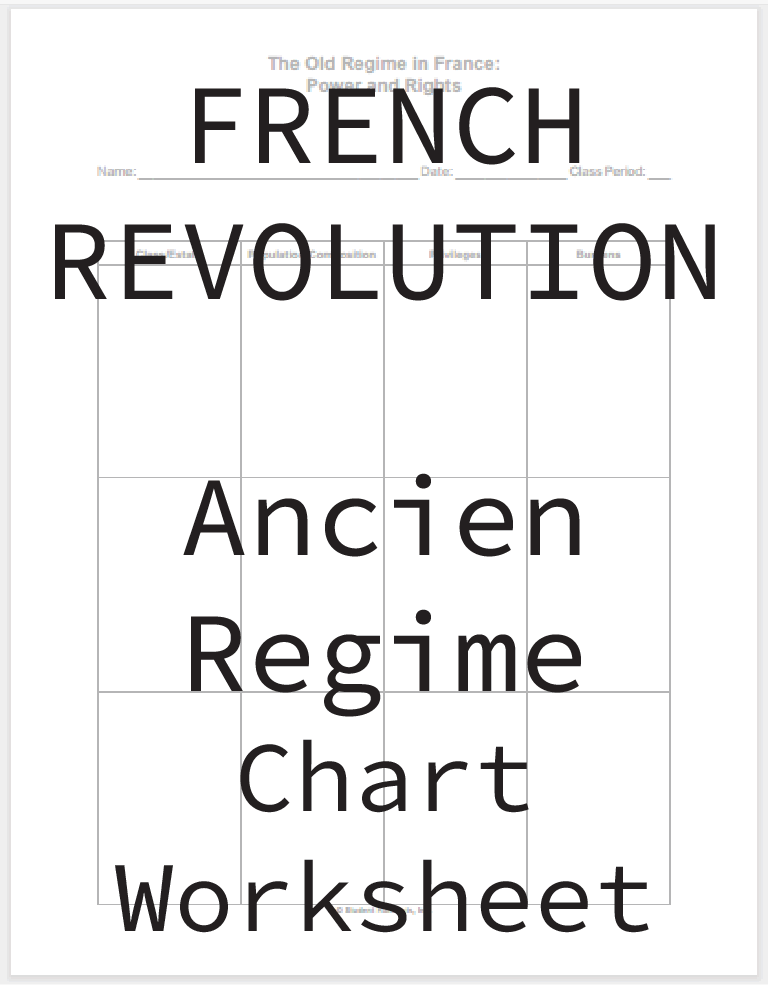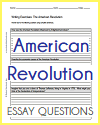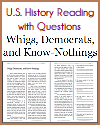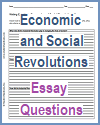| Power and Rights Under the Old Regime in France Worksheet |
|---|
| www.studenthandouts.com ↣ World History ↣ French Revolution ↣ French Revolution Worksheets |
 |
    |
|
Students complete this chart, listing and describing the population, duties, and privileges of each of the three estates which existed in pre-revolutionary France.
Click here to print. Answers will vary. In pre-revolutionary France, society was divided into three main estates, each with distinct characteristics, privileges, and responsibilities. These estates were a significant part of the social and political structure of the Ancien Régime. First Estate: The Clergy Population: The First Estate consisted of the clergy, which included bishops, priests, monks, and nuns. It represented a small portion of the population, roughly about one percent. Duties: The primary duty of the clergy was to serve the spiritual needs of the people. This included conducting religious ceremonies, providing pastoral care, and administering the sacraments. They also played a role in education and charity. Privileges: The clergy enjoyed various privileges, including exemption from most taxes and the ability to collect tithes (a portion of agricultural produce or income) from the peasants. They also held significant land and wealth. Second Estate: The Nobility Population: The Second Estate consisted of the nobility, which included the aristocracy, nobles, and those with hereditary titles. It represented a small but more significant portion of the population, around one to two percent. Duties: The nobility's traditional role was to defend the country, serve in the military, and maintain law and order. Some nobles also held positions in the government, particularly at court. Privileges: The nobility enjoyed numerous privileges, including exemption from many taxes, the right to collect seigneurial dues from peasants, and access to the highest positions in the government, the military, and the Church. They had considerable land and wealth. Third Estate: The Common People Population: The Third Estate comprised the majority of the population, estimated at around 98-99%. It included a wide range of individuals, from wealthy merchants and professionals (the growing bourgeoisie) to impoverished laborers and peasants. Duties: The common people of the Third Estate were responsible for paying the bulk of the taxes, including the taille (land tax), gabelle (salt tax), and various other levies. They also performed most of the manual labor, worked the land, and contributed to the economy. Put simply, the pre-revolutionary French economy (like any economy anywhere at any time) could not have functioned without the common people. What made France of 1789 different, was that the common people were coming to this realization. Privileges: Members of the Third Estate had significantly fewer privileges than the clergy and nobility. They faced heavy taxation, exploitation, and limited access to political power. Many were burdened by poverty and social injustice. The stark social and economic disparities between the estates contributed to growing discontent among the common people and played a crucial role in the lead-up to the French Revolution. The call for a more equitable and just society was one of the driving forces behind the revolutionary movement that eventually led to the abolition of the Ancien Régime and the restructuring of French society. Click here for a handout featuring this text. |
| French Revolution Books and Films | French Revolution Outlines and PowerPoints |
| French Revolution Maps and Pictures | French Revolution Study Games |
| French Revolution Miscellany | French Revolution Worksheets |
| www.studenthandouts.com ↣ World History ↣ French Revolution ↣ French Revolution Worksheets |








